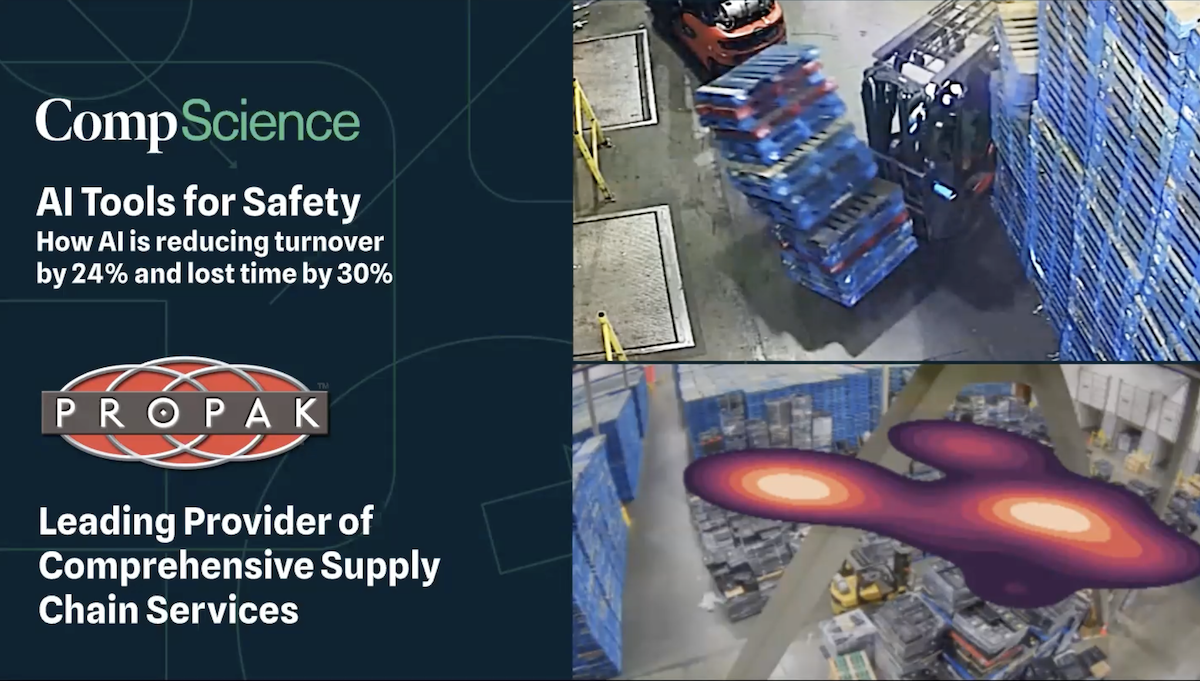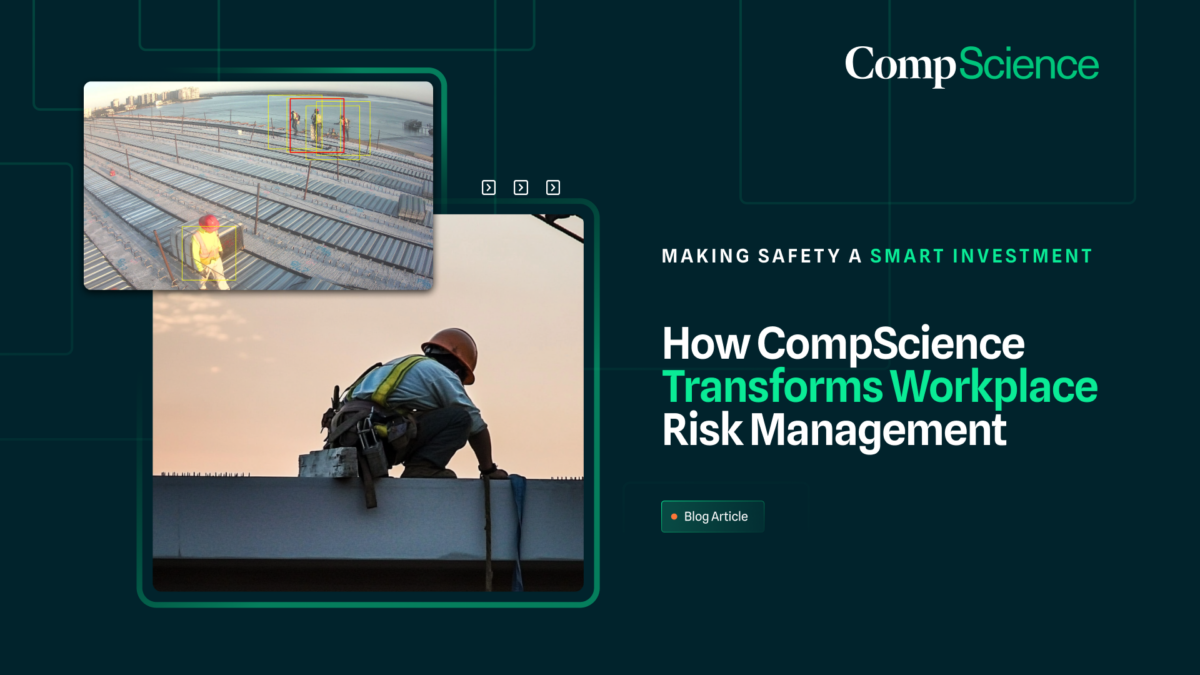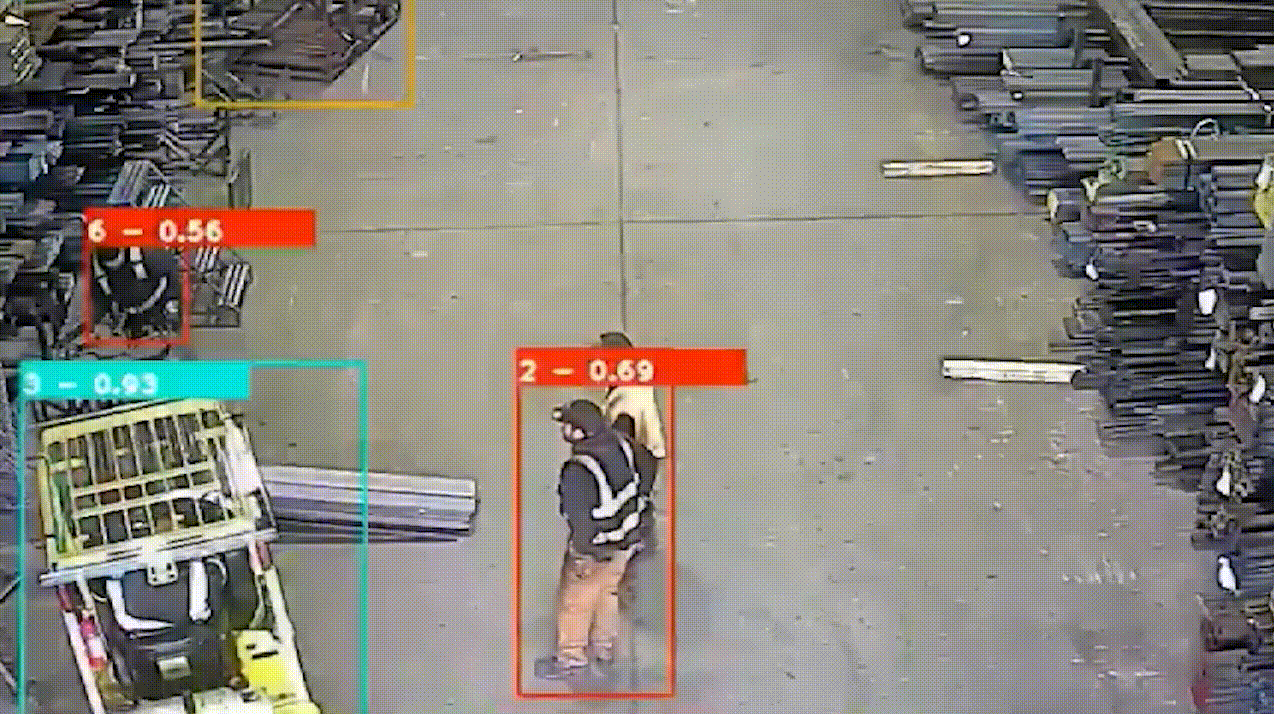Computer Vision, Insight, Workplace Safety
Advancing Safe Driving with Computer Vision Technology
Safe driving is paramount to reducing road accidents, protecting lives, and ensuring the smooth flow of traffic. While traditional methods of promoting road safety have focused on education, enforcement of rules and regulations, and vehicle maintenance, the advent of computer vision technology offers an innovative approach to enhancing driving safety. This technology, capable of processing and interpreting images and videos in real time, is revolutionizing how drivers, automotive manufacturers, and traffic management systems understand and interact with the road environment.
Road Safety Rules and Regulations
Computer vision technology can assist in enforcing road safety rules and regulations by identifying violations as they happen. Systems equipped with computer vision can monitor speed, detect erratic driving behaviors, recognize when vehicles run red lights, and even identify when drivers fail to maintain safe following distances. By integrating these systems into traffic management infrastructure, authorities can pinpoint areas where violations are common, enabling targeted enforcement and educational campaigns. Additionally, in-vehicle systems can alert drivers to their own infractions, promoting self-correction and adherence to road safety norms.
Defensive Driving Techniques
Defensive driving is a set of skills that allows drivers to anticipate potential hazards and make informed decisions to prevent accidents. Computer vision enhances defensive driving by providing drivers with real-time data about their surroundings, including blind spots, the proximity of nearby vehicles, and potential hazards ahead. Advanced Driver Assistance Systems (ADAS), such as lane departure warnings, adaptive cruise control, and collision detection, rely on computer vision to analyze the road and traffic conditions, offering alerts and automatic adjustments to improve safety. These systems educate drivers on safer driving practices by continuously monitoring conditions and suggesting or taking corrective actions.
Vehicle Maintenance and Inspections
Proper vehicle maintenance is crucial for safe driving. Computer vision technology streamlines the process of vehicle inspections and maintenance by automating the detection of issues that could compromise safety. For example, computer vision systems can scan a vehicle to identify tire wear, detect leaks, or spot structural damage that might not be visible to the naked eye. By facilitating more thorough and efficient inspections, computer vision ensures that vehicles are in optimal condition, reducing the risk of accidents due to mechanical failure.
Interactive Driving Simulations or On-Road Training
Training new drivers or improving the skills of experienced ones is essential for enhancing road safety. Computer vision is at the forefront of creating interactive driving simulations and on-road training programs that offer realistic and risk-free environments for learning and practicing safe driving techniques. Simulators can mimic a wide range of driving conditions, from inclement weather to high-traffic scenarios, allowing drivers to gain valuable experience without real-world consequences. Moreover, computer vision-equipped vehicles used in on-road training can provide immediate feedback to learners, correcting unsafe behaviors and reinforcing good practices.
Conclusion
Computer vision technology is setting a new standard for driving safety, offering tools and solutions that were unimaginable just a few decades ago. By enhancing the enforcement of road safety rules, supporting defensive driving, ensuring vehicle maintenance, and revolutionizing driver training, computer vision is making significant strides in reducing accidents and saving lives. As this technology continues to evolve and become more integrated into our daily lives, its potential to transform driving safety is boundless, promising a future where roads are safer for everyone.









